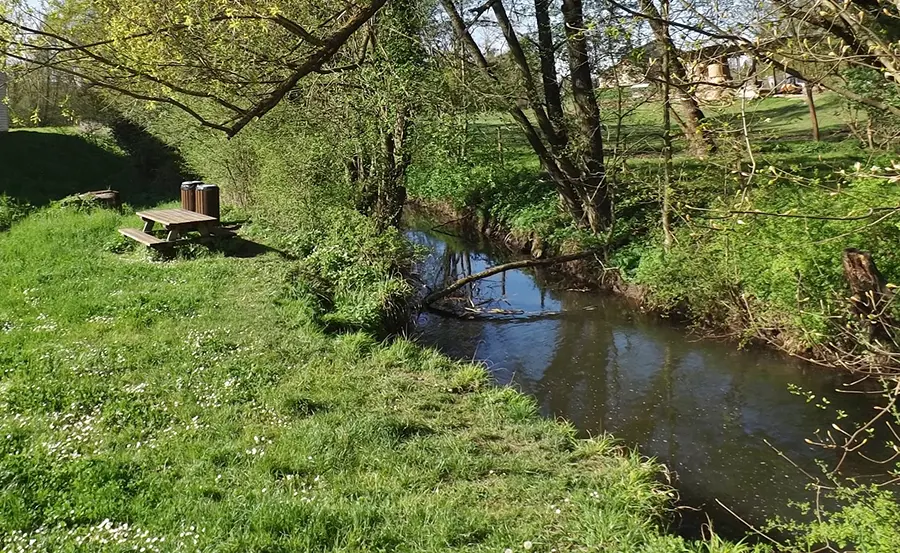
Structural and functional assessment of benthic microbial and invertebrate communities to evaluate the ecological quality of polluted rivers (CommuSED)
To understand how pollutants affect surface waters, it is important to establish a link between the presence of pollutants and the communities living there. These are particularly useful for an ecotoxicological assessment as an intermediate organisational level between the population and the ecosystem. The presence of pollutants, on the one hand, can lead to the selection of pollutant-tolerant species. On the other hand, it can also lead to the development of an increased pollutant tolerance. Methods are particularly needed to investigate the influence of pollutants on communities in freshwater sediments. In a French-Swiss project two small rivers in France, the Tillet and the Ardières, different methods are used to characterise the sediment communities:
- Bait lamina test. The bait lamina test measures the feeding activity of sediment organisms.
- Oligochaete index. The biological oligochaete index IOBS (indice oligochètes de bioindication des sédiments) and other oligochaete indices assess the number, species composition and sensitivity of oligochaetes in the sediment.
- Degradation of organic particular matter by microbial and invertebrate sediment communities
- Structure and diversity of microbial sediment communities
- PICT (Pollution Induced Community Tolerance). The PICT approach assesses the tolerance of microbial communities in the sediment to pollutants.
Report
Pression chimique et impacts écologiques : Distribution des contaminants et réponse des communautés de microorganismes et d'invertébrés dans les sédiments de l’Ardières et du Tillet (CommuSED)
Photo: Florian Pépellin - Own work, CC BY-SA 4.0, https://commons.wikimedia.org

